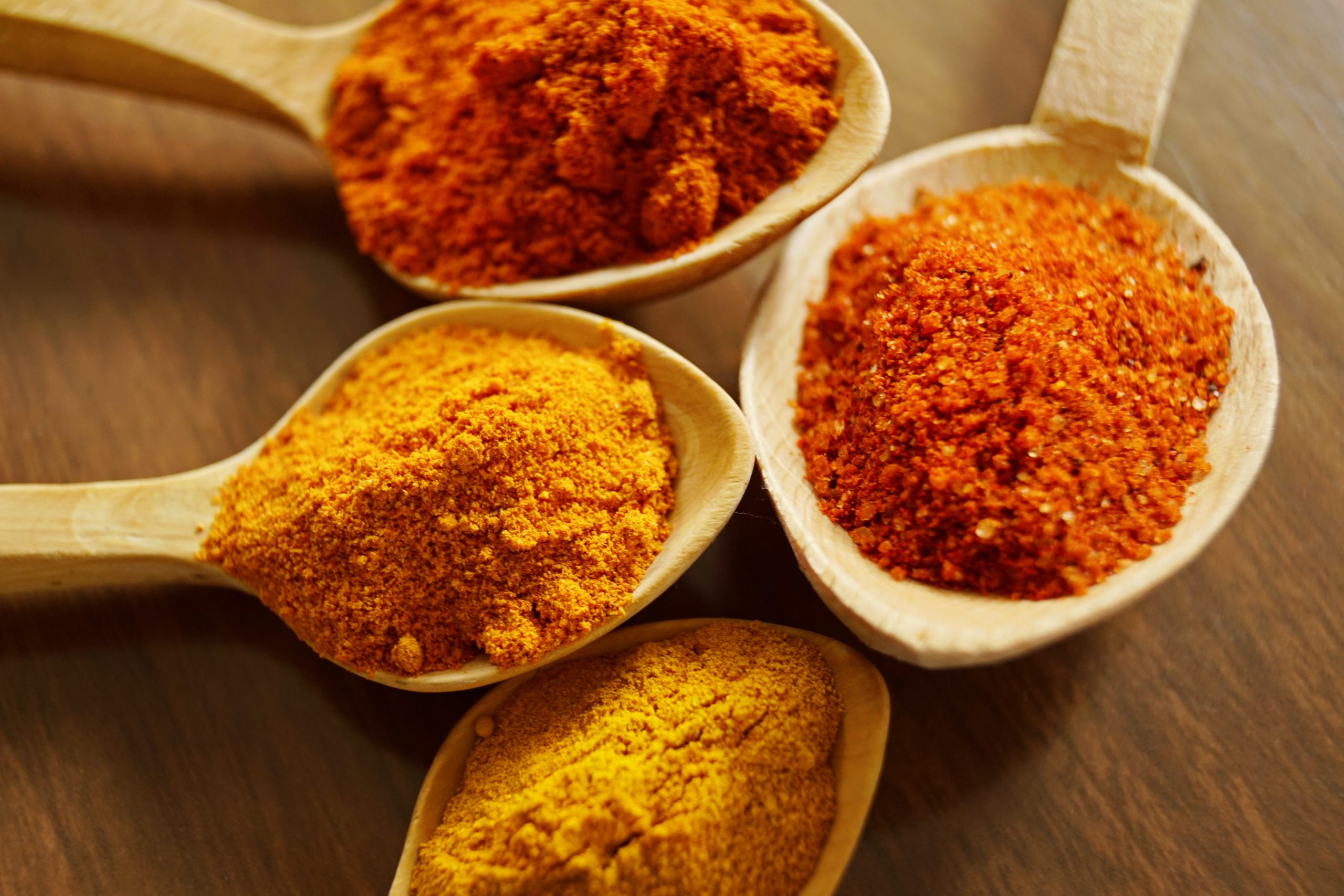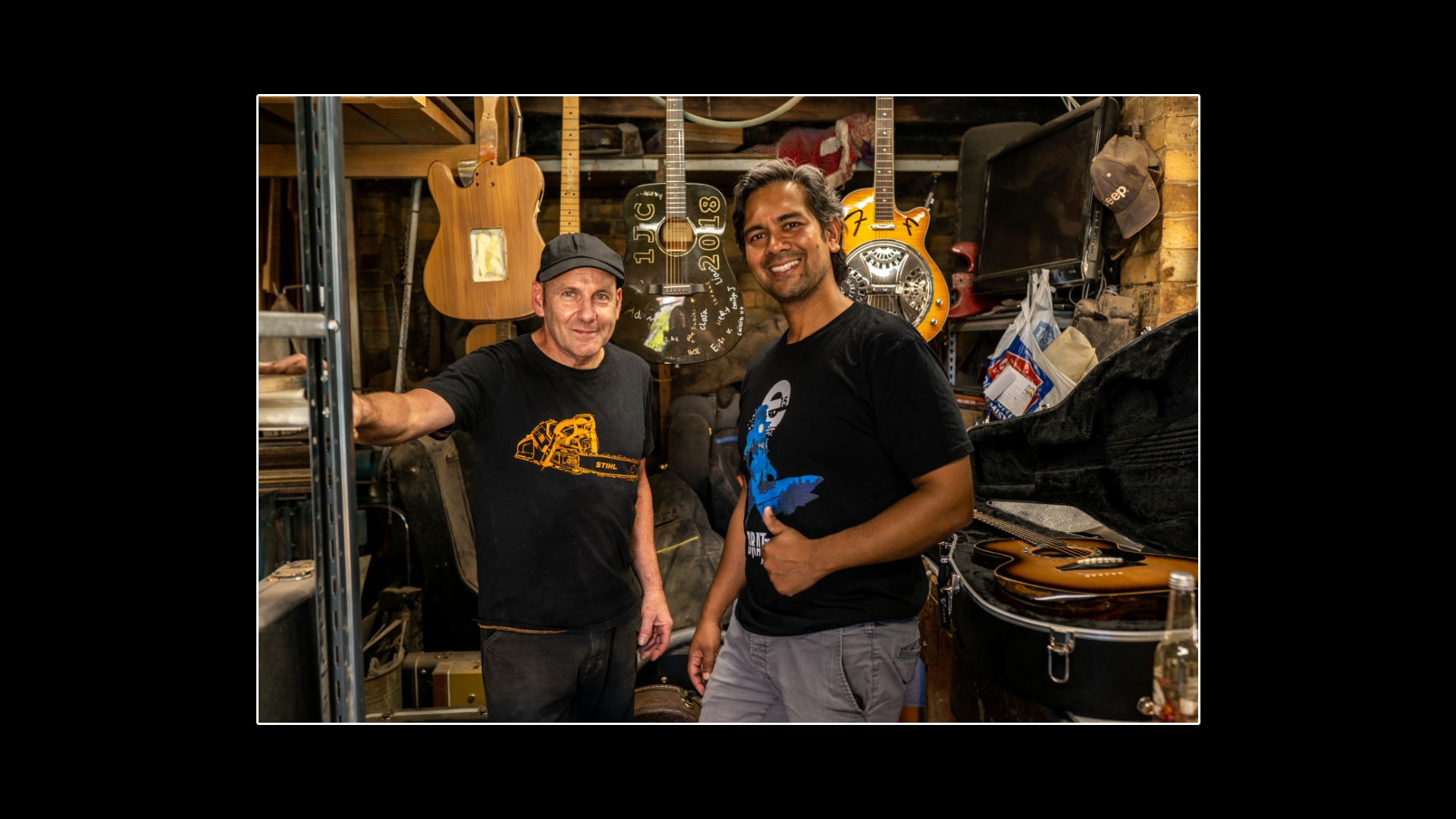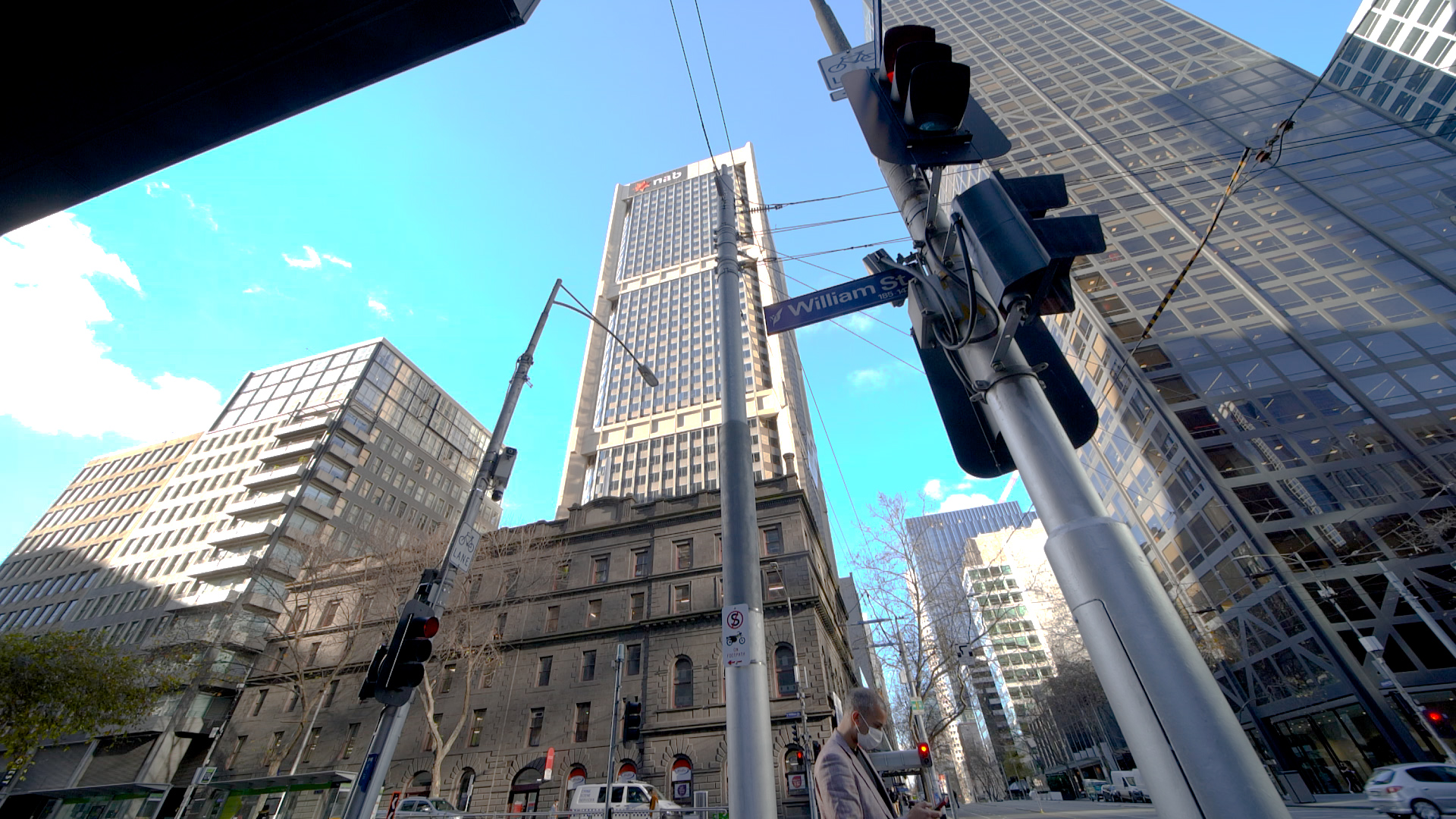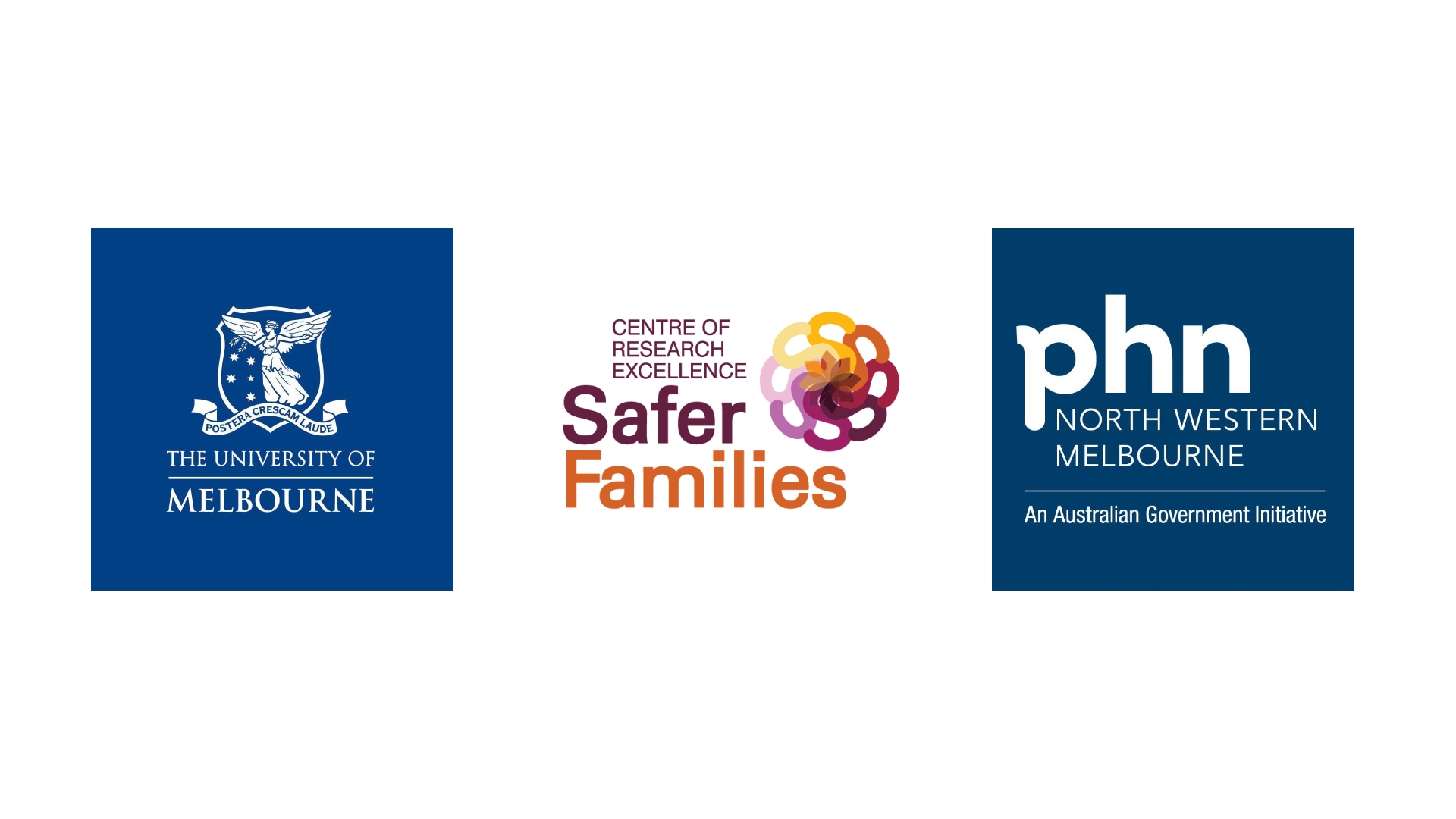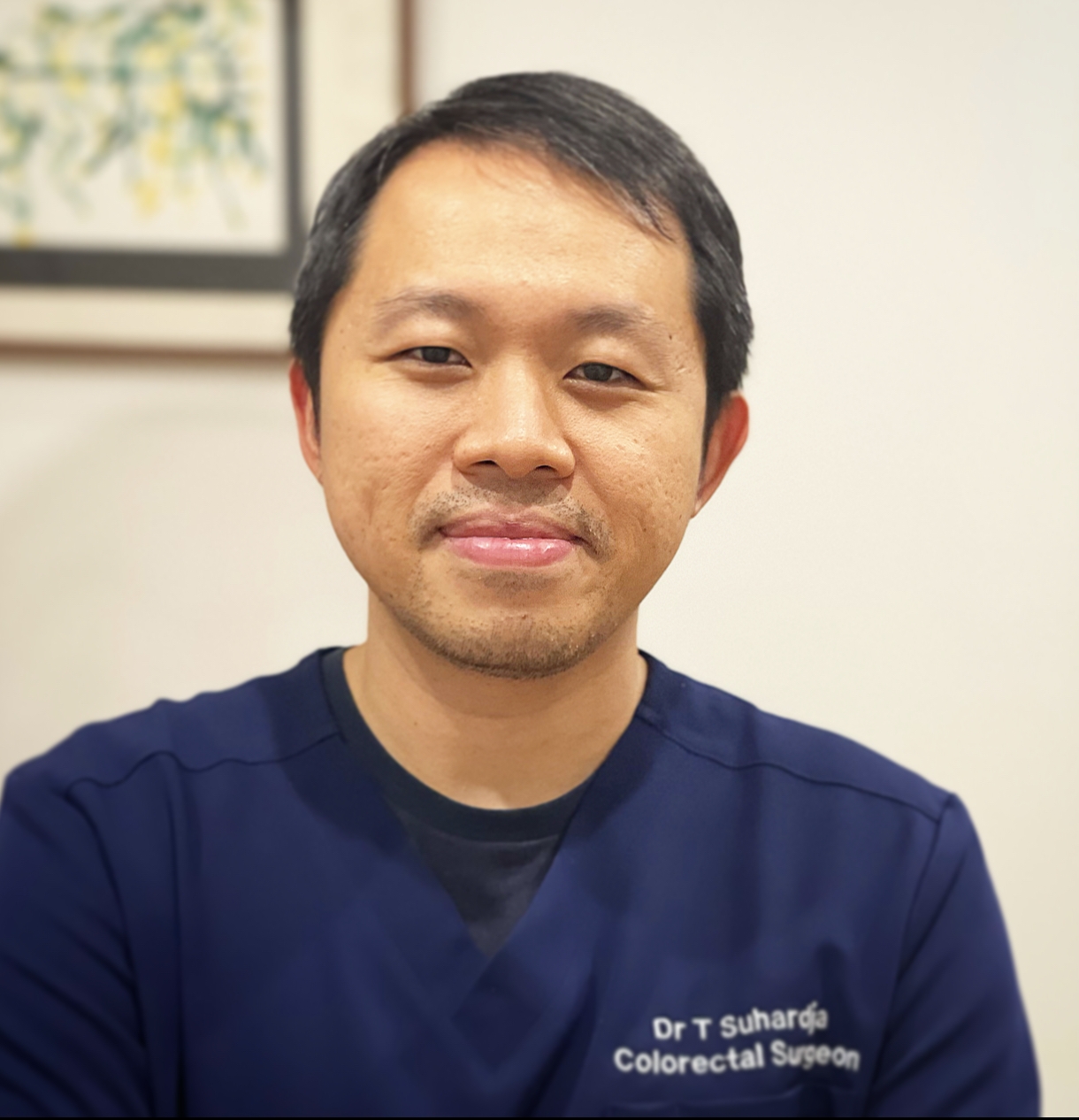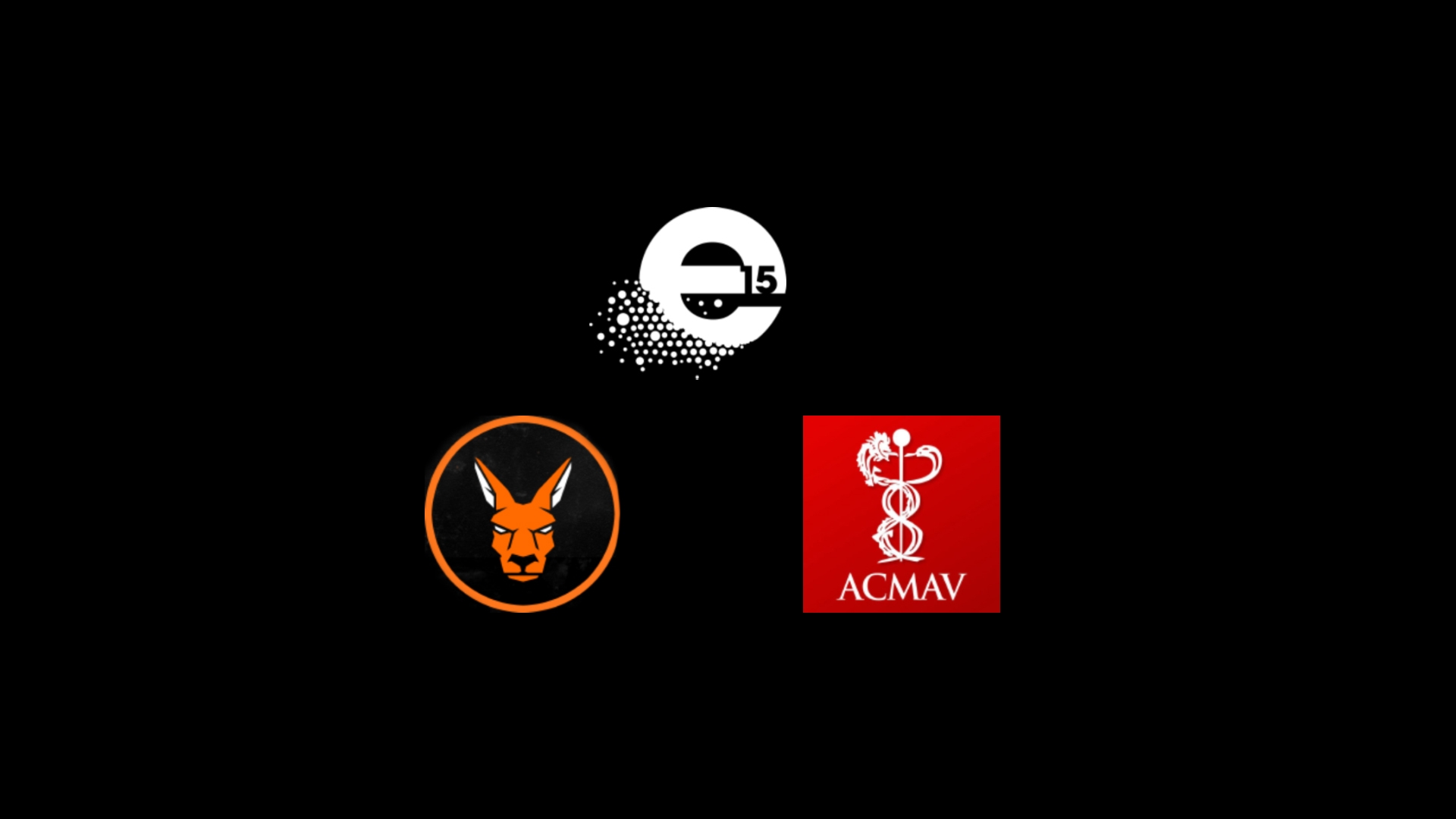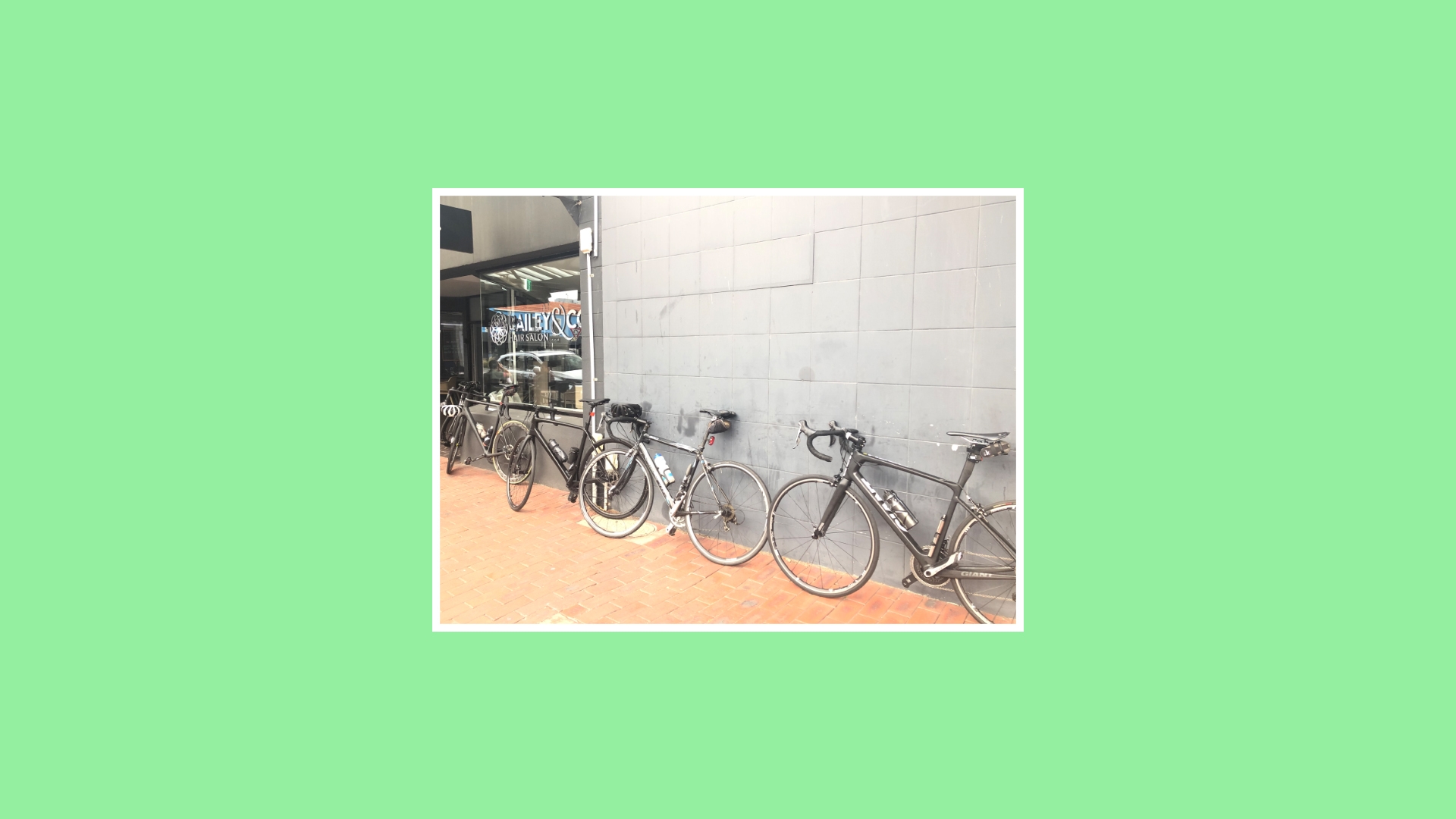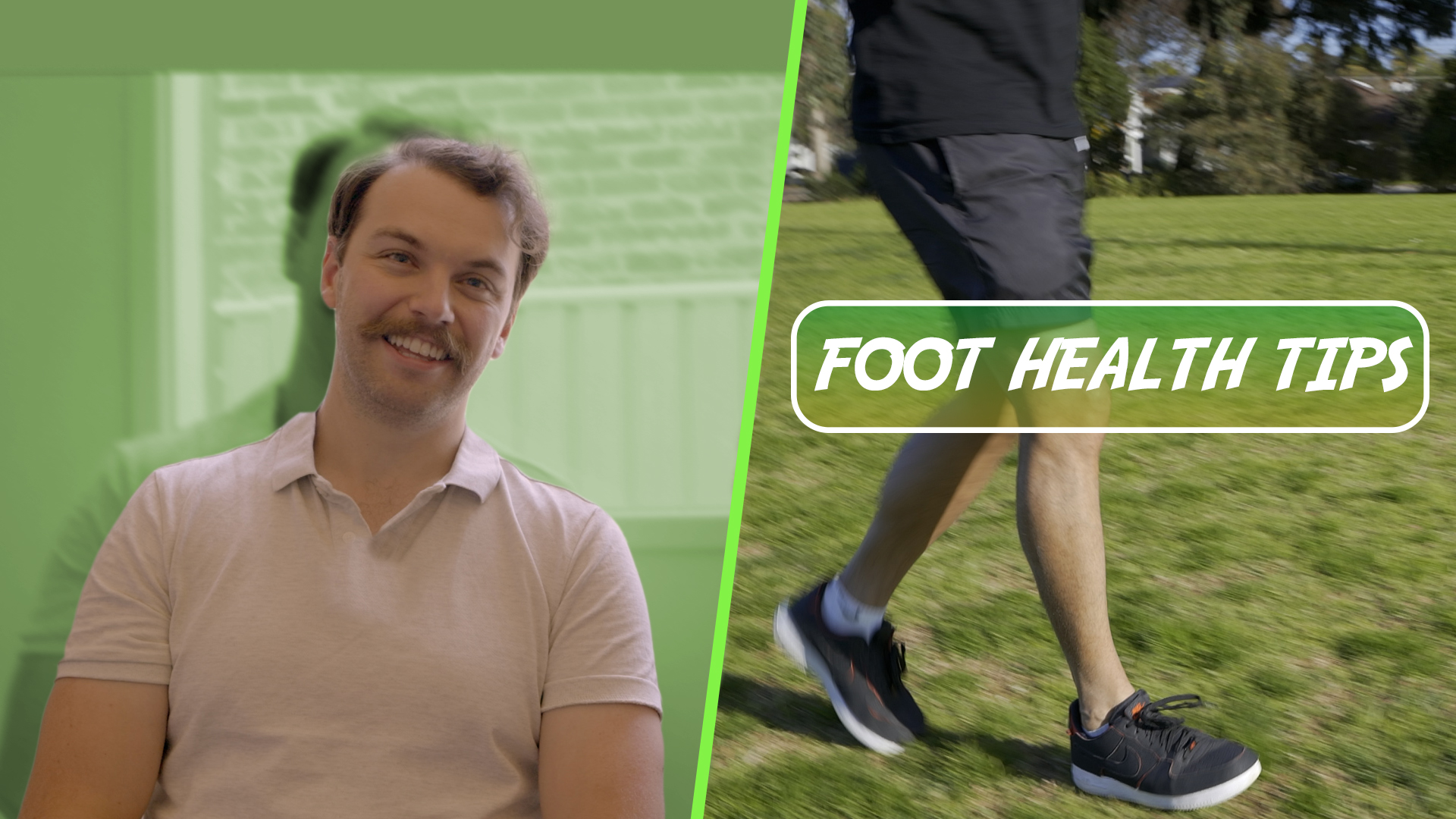Warning – the following article contains graphic content, discusses death, dying and suicide, and is not suitable for minors.
As a doctor, you see a lot of dead people.
My earlier recollections of that, as a junior doctor, was when I was at either Traralgon or Mildura (I can’t quite remember which one now) and I found myself with the pathologist in the basement which was almost a morgue. We went to a cold room and the pathologist opened up a bag where the body of a young man lay. The peculiar thing about him was that his skin looked very mottled, almost cherry coloured. The pathologist explained that this was because he suicided by keeping his car running in his garage with the door closed, leading to carbon monoxide poisoning and that the colour of his skin was a tell-tale sign of this.
Later, once again as a junior doctor, I used to take up many extra “locum” shifts on weekends and afterhours. On one such weekend, I found myself at Williamstown Hospital working in the Emergency Department. The doctor in charge pulled me over and said, “Floyd, next can you go deal with the Jumper?” The first visual flashes that came to my mind were mohair and wool, perhaps green or purple. It would be a cosy, thick jumper at any rate, the type you donned whilst you sat by a fire. But that wasn’t what he meant.
I was directed to the ambulance bay, where I met a pair of people, dressed a bit like paramedics – but they weren’t. They stood by a stretcher and when I approached, they pulled down the sheets on the stretcher. Again, it was a youngish man with a brown beard. His jaw was pushed far across to one side, basically displacing half his face as if he was a broken pixel on a display. He had a trench coat on. I continued to examine him and document my findings. Deceased. He had jumped off the Westgate Bridge. But he didn’t hit water. He hit the concrete piles used to support the bridge itself. Evidently that was a common outcome. Rest in peace, the “jumper”.
Whilst I was working within a plastic surgery unit, I recall another man who came in with a red thigh. He was in his thirties and had an infection. It didn’t look so bad initially, but the prognosis was poor – necrotising fasciitis. Rapidly spreading. The treatment for that is to basically remove skin and fat and get down to muscle. So off he went to theatre for exactly that. It was his left thigh. But it soon became his entire left lower limb and without going into all the details, he died in that theatre whilst being operated on. I was there. It had gone wrong from all the diathermy that had been used in attempts to curb copious bleeding. The consultant plastic surgeon at the time, a mentor and someone I looked up to, well sometime later, he committed suicide too. I was shocked.
Moving on to the present, as some of you would know, I’ve started riding my bike to work. Just on the bike paths for now. One recent morning, I was riding to the city with Richard, my father-in-law, when we came across a scene. There was a man dressed in cycling gear, laying on the footpath – motionless – with a lady standing looking down at him. She explained what had occurred. She was walking by and saw him just collapse off his bike and fall to the ground. Just like that. No collision with a car. I got off my bike and went over to him. Patting his cheeks gently and calling out – nothing. His eyes were open, slightly rolled back. His face was sweaty and cold. He was unresponsive and not breathing. I felt for his pulse. Nothing. Right, we need to start CPR. I stood over him and commenced chest compressions. “30 to 2!”, I yelled, “That’s the ratio. Someone needs to give two breaths.” He was frothing at the mouth. A lady, I think she was the one who originally found him (some aspects have blurred already for me), was now kneeling by his head. She baulked for a moment – unsure. Then she pinched his nostrils, puckered his lips, wiped the froth and gave him a breath. The first one, not much happened. The second, I saw his lungs inflate. It was a good breath. I kept going in the meantime with the chest compressions. I was kneeling above him with my legs on either side of his body. I looked at his face, nothing. Same.
I had done this numerous times before in the hospital, often for unwell, elderly patients on their hospital beds in the general medical ward. But that was different. That was the hospital, and my recollection was that they all died. This was the footpath, and this guy was middle aged and fit. After quite a few chest compressions, I was submitting to the fact that the outcome would be the same – he was dead.
Then, rather unexpectedly and remarkably, he opened his mouth, and spontaneously gasped a breath of air. To see him do that, was a moment I can’t quite describe. We paused CPR.
By this stage, a crowd was gathering, and I was taking notice of a lady who had a paramedic on the phone. She put her phone on speaker and brought it close to us. The lady who had given the rescue breaths took my pants out of my backpack and we thought of putting it under the man’s head/neck for comfort. The paramedic told us not too. She also said, “Keep going with CPR,” so we did. I recommenced compressions. The man was still spontaneously breathing, albeit, at a very slow and intermittent rate. But he was breathing!
An elderly gentleman to my left said, “I’m happy to take over”. To my right, a lady started to chant the Bee Gees’ “Staying Alive”. The chorus of that song has appropriately become the universal mantra of CPR to help keep compressions at the correct pace. The rate of chest compressions for CPR is 100-120 per minute, and the Bee Gees conveniently composed this song with a tempo of 103! I wasn’t so tired, but I knew that the strength of my compressions may fade and that it would be a good thing to let the elderly man take over. So, I did. I got up. Dust emerged from my knees and shoes as I did, swirling in the wind around the scene. I apologised to the team for that as I stood. I got my pants out again from my backpack and began to wipe the froth out from the man’s mouth. His head now was to his side. I thought of lifting his jaw forward to open up his airway, but there was just so much froth that, with no suction, I felt it necessary to let that drain to the side and considered that would best maximise his airway. These decisions in the moment, needed to be made. Still no pulse that I could feel. Forehead and scalp still cool and sweaty. Eyes still rolled up a bit with his right one, a tad bloodshot. But …. still breathing.
I rotated performing compressions with the elderly man.
When the first paramedics arrived, they whacked on a blood pressure monitor, cut through his cycling jersey with scissors and pasted their cardiac monitoring pads and wires on his bare chest. Then they told me to keep going with compressions, except to do it kneeling by the side of the man. That was a better position since it meant that the side of my legs wouldn’t put any external force or pressure on his chest wall, restricting expansion as his lungs inflated. I did find myself needing to be conscious of this when in the other position.
In the background I could see the cardiac monitor as it displayed the trace. Ventricular fibrillation – VF – what’s described as a “shockable” rhythm, meaning that shocking his heart now was warranted and may save his life.
They began to charge the defibrillator and soon enough the paramedic yelled “stand clear”. I moved aside. A jolt of electricity stunned the body, it jumped. I looked to the monitor, for a moment, the rhythm looked more regular – success. But then it reverted to VF and the cycle repeated itself. “Stand clear”. ZAP. By this stage, the paramedics had inserted a laryngeal mask airway or “LMA” which is a tube-like device used for the purpose of maintaining an airway. He continued to breathe from what I could see.
Before long the MICA paramedics, arrived. A MICA paramedic is a paramedic who’s especially trained in handling emergencies where the patient was in a critical, life-threatening condition. This definitely fit the bill. They were dressed in green. In total there were now five paramedics and I had stepped away. The crowd around the scene was large. I asked people to move their bikes away to make room. I looked at Richard and I looked at the man now in good hands. I said, “Richard, maybe it’s time to go.” I was on my way to work after all. He agreed. I moved my bike and explained what I did know to a police officer who had arrived.
Before I left, I said well done and thank you to the team – the lady who had given the rescue breaths and the elderly man who performed compressions with me. Another man walked up to me and said, “Lucky you were here, you did well. My brother’s a cardiologist, but I’m hopeless.” I told him I didn’t do much and that it’s just good to have a go with compressions. “Any attempt at resuscitation is better than no attempt,” as per the Australian Resuscitation Council. Richard and I rode away. Ahead of us, we saw the elderly man who helped with compressions. He had recommenced his jog.
So there you have it, all the medical training and first aid courses I’d been to. All those mannequins. All those times patients have died, and CPR seemed futile. But on this day it wasn’t. I don’t think I did it perfectly. CPR. Be we did it, and we kept going. And this time, this mystery bike rider in VF, started to breathe. I don’t know what happens in story next. I’ll likely never know. In the grand scheme of things, I don’t know if we helped him or not. But we tried. That lady who gave him the rescue breaths – she was gutsy.
Learning CPR is worthwhile. You may never use it, but if you ever do, you’ll never forget that you did – that you tried, regardless of whether you did it perfectly and regardless of the outcome. If you don’t know anything more, if someone’s not breathing properly and unresponsive, then start chest compressions. Think of the Bee Gees – “Staying Alive” and sing it out aloud as you do.
There are a few stories of suicide mentioned in this article. Suicide is rife. The idea of suicide can intrude on many people. Fleeting, foreign, involuntarily and easily challenged by most. That idea ought to be understood, talked about and normalised, rather than hush hushed by stigma. As a GP, I can attest that many people, when asked, will recollect having such a thought. Asking about it doesn’t put the idea in their head, which is why perhaps some people don’t ask. What it does do though, is let that person know that you’re there for them and willing to listen – a little like mental health resuscitation.
Sometimes, the thought of suicide leads to the act, when it may be all too late to help them. I have been oblivious to people’s suicidal intention – friends, colleagues and patients – more than once, and when it was too late. And the feeling after that, well, is complicated.
Recently, the idea of mental health first aid has become more talked about. I haven’t done the course myself. But I’m thinking I should. If you found out that someone really is at risk of suicide, what would you do? I can say that even as a doctor, the reality is – it’s hard to know and decide what to do. So being prepared is a good idea. Like CPR itself, at any moment, you don’t know when it could save a life. And even if it doesn’t, you would have tried your best.
Dr Floyd Gomes
